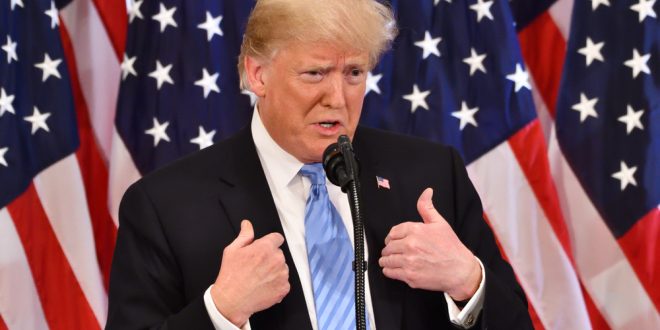As Donald Trump’s second term approaches, his policy proposals have sparked widespread concern about a potential resurgence of inflation. However, leading economists argue that these fears may be overstated. The debate centers around the impact of Trump’s policies versus the role of the Federal Reserve and money supply dynamics.
Immediate Market Reactions and Concerns
Following the recent election, Wall Street responded with enthusiasm. Stock indexes, including the S&P 500, Dow Industrial Average, and Nasdaq, soared to 52-week highs. However, last week’s market correction, triggered by speeches from Federal Reserve Chair Jerome Powell and Governor Adriana Kugler, reminded investors that an automatic series of rate cuts should not be expected. Powell emphasized that the economy is in a stable place, with strong GDP growth and consumer spending. He assured that the Fed is moving towards a more neutral policy setting without a preset path, taking a cautious approach to any potential rate reductions.
The Role of the Federal Reserve and Money Supply
The primary driver of future inflation, according to experts, is the Federal Reserve’s actions and the state of the money supply. Since 2022, the US money supply has contracted, a rare occurrence that typically precedes economic downturns. Federal Reserve data indicates that the M2 supply measure has begun to expand again this year, but at a modest rate. The current growth of 2.6% year-over-year is below the rate needed to sustain a 2% inflation target, suggesting that inflation is likely to continue decreasing in the near term.
Policy Proposals and Economic Deregulation
Trump’s proposed policies, including immigration curbs, tax cuts, and protectionist trade measures, have been cited as potential inflation triggers. However, the consensus among some economists is that these policies alone will not significantly drive inflation. Instead, they argue that the incoming administration’s focus on economic deregulation could stimulate GDP growth without leading to substantial inflationary pressures. The emphasis on reducing regulatory burdens is expected to enhance economic productivity and efficiency.
Long-Term Economic Outlook
Despite the cautious optimism about controlled inflation, the prospect of a recession remains a concern for some experts. The contraction of the money supply in the past has been associated with economic slowdowns, and the current situation raises the possibility of a recession in 2025. However, the Fed’s careful approach to policy adjustments aims to balance the need for economic growth with the goal of maintaining price stability.
In conclusion, while Trump’s policy proposals have raised inflation concerns, the primary factors influencing future inflation will be the Federal Reserve’s monetary policies and the dynamics of the money supply. The current economic indicators suggest a continued decline in inflation, potentially falling below the Fed’s 2% target by 2025. As the new administration takes office, its focus on economic deregulation could bolster growth without exacerbating inflation, provided that the Fed maintains its cautious and measured approach. The ongoing debate underscores the importance of monitoring both policy actions and economic data to navigate the complexities of the evolving economic landscape.

 Noor Trends News, Technical Analysis, Educational Tools and Recommendations
Noor Trends News, Technical Analysis, Educational Tools and Recommendations




